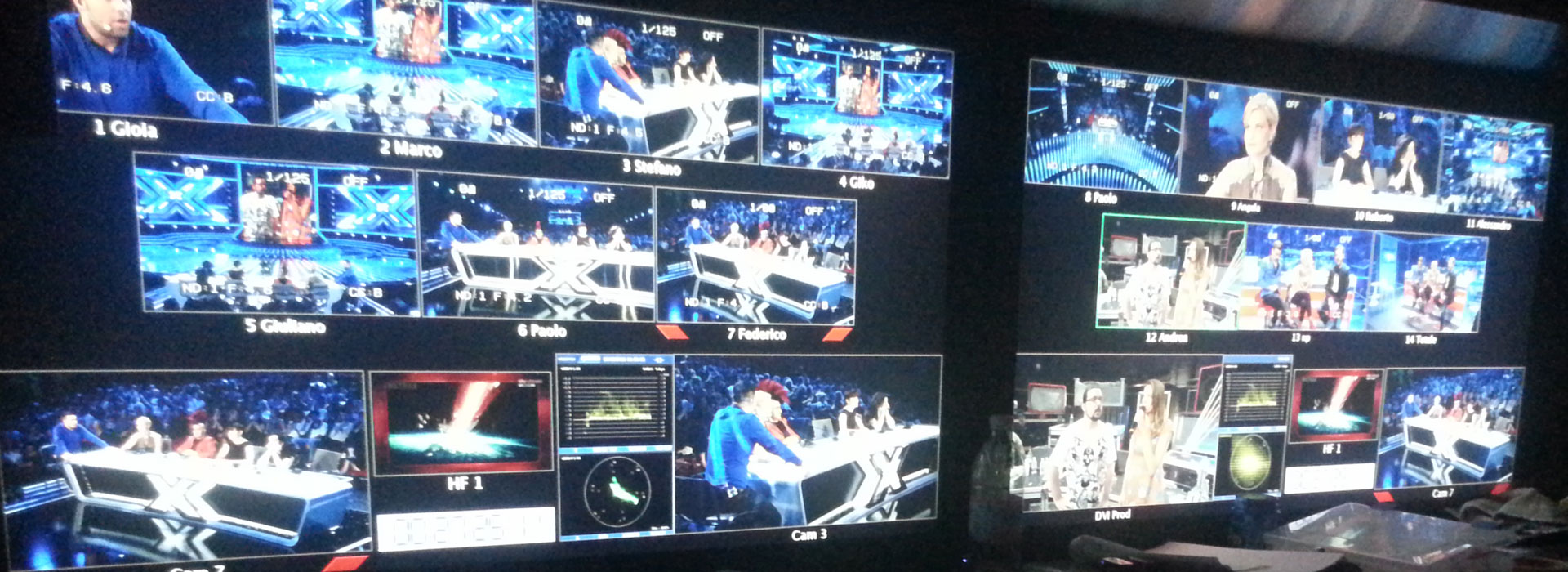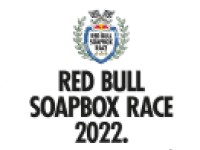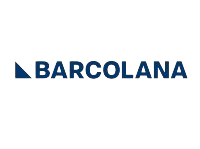- Home
- Broadcast Services
- Broadcast Systems
- Contents and Events
- Portfolio
- Production units
- News
- Contact us
REMOTE PRODUCTION
Remote production is a new production technique that uses the internet to obtain a cheaper form of live production, while respecting the quality of the content.
Videe has been offering its customers remote production solutions for some time now, as this new broadcasting tool overcomes some of the limitations related to using traditional OB production. With the term "remote production", we mean live broadcasting where the production is managed remotely, in a place other than where the event is taking place, by transferring the audio and video streams to a central pickup unit, from which the video cameras and equipment on site are controlled remotely, using a system based on telecommunications infrastructure.
Thanks to the internet and to advanced broadcasting solutions engineered directly by Videe, costs can be reduced (fewer transfers, lighter technology for the crew that travels, easier set-up) while maintaining high quality standards in producing content and, even, offering more content.
In a market in which requests for on-demand content continue to grow, remote production is a technique that can make the difference and provide that all-important added-value via a more streamlined approach which, at the same time, is also more respectful of the environment and richer in content.
Advantages of remote production
There are numerous advantages to remote production, closely related to the ubiquity of the internet, which allows multiple procedures to be simplified. Here are a few examples:
- Less movement of materials and machinery;
- Fewer people needed at the production venue;
- Fewer problems relating to transferring human resources (e.g. jet lag, eating problems, emotional and organisational stress, etc.);
- Travel with lighter technology;
- Simpler set-up.
The two different approaches to remote production
When Videe, together with the customer, makes the decision to opt for remote production, a choice is made between one of the two fundamental approaches.
The more traditional approach sees all signals being transported directly to the broadcaster: this method undoubtedly limits the number of variables to be managed and maximises the reaction time with respect to the images. The second approach sees a minimum number of audio/video signals being transported via the internet and the equipment being controlled remotely, so as to create the final product on site.
Videe adopts a transparent philosophy as regards remote production: as with every production job we take on, we believe strongly in creating an ad hoc workflow for our customers that respects their needs and corresponds to their quality expectations as regards the end result.







































